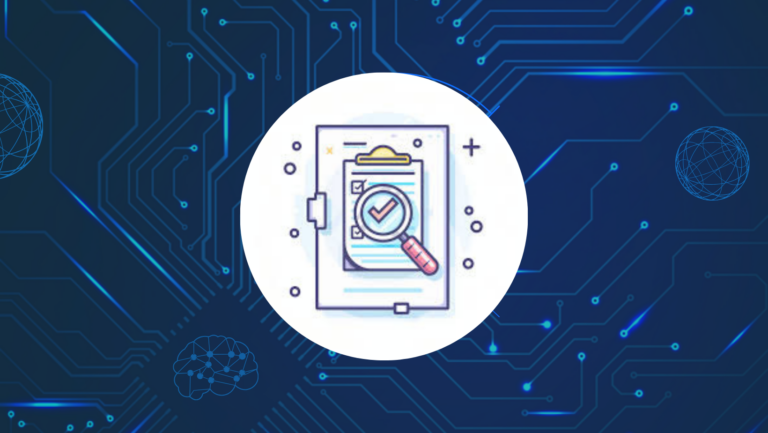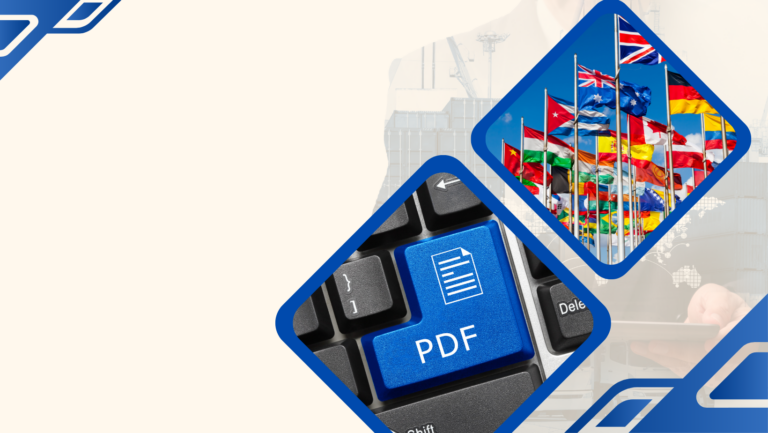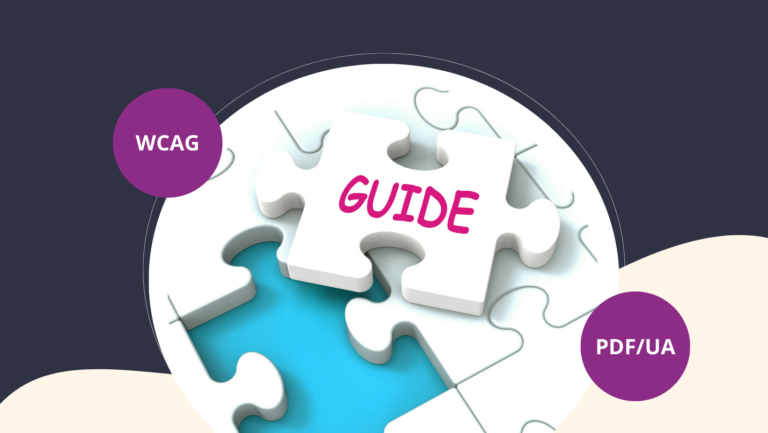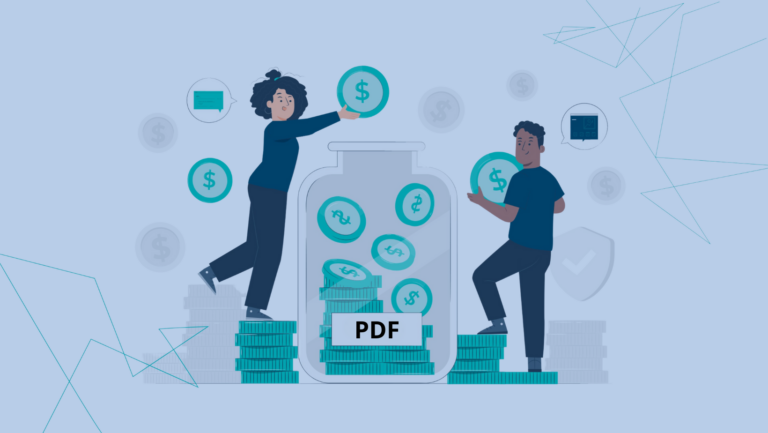Artificial intelligence is reshaping the employment landscape, offering new possibilities for inclusion, especially for people with disabilities. However, it is essential to also consider the potential drawbacks of AI on the job market to gain a comprehensive understanding of the situation. Discover all about the benefits as well as the challenges stemming from the advent of AI on the employment of people with disabilities and its future prospects.
AI and Employment for Workers with Disabilities: Opportunities and Challenges
Utilizing the potential of AI intelligently
Artificial intelligence tools can improve communication, accessibility, and productivity for people with disabilities. However, they may threaten the job stability of these workers in certain sectors.
As the impact of AI on employment evolves, it’s important to assess its effects on work organization, employee adaptability, and the obstacles encountered by workers. Key areas of focus should include:
- Human-machine relationship: Ensuring that AI complements rather than replaces human efforts, thereby enhancing human capabilities.
- Accessibility: Designing AI systems with accessibility at the forefront.
- Consideration of sector-specific impacts: Understanding that the benefits of artificial intelligence may vary across industries and aiming to create versatile AI tools applicable in various sectors.
The potential challenges of AI for people with disabilities
The field of digital accessibility has made significant progress thanks to artificial intelligence, but it is necessary to find a balance between technology and ethics in the workplace.
The current state of employment for people with disabilities
In 2020, 17.7% of people with disabilities aged 20 to 26 in the EU were unemployed, compared to 8.6% of non-disabled individuals (source: Council of the EU and European Council). This gap could be the result of obstacles related to inadequate workplace accommodations, hiring biases, and societal prejudices. Additionally, people with disabilities often experience difficulties in accessing education and training, further hindering their employment prospects.
Challenges and ethical considerations related to artificial intelligence
The risks of bias and exclusion persist if artificial intelligence is not properly regulated. Unchecked algorithms can exacerbate societal biases and create new obstacles for people seeking employment. For example, we may see AI-based recruitment tools overlooking the unique skills of people with disabilities, potentially excluding them from job opportunities. Furthermore, inadequate regulation could prevent AI from complying with digital accessibility standards.
Creation of new job opportunities through AI
Development of virtual assistants and personalized accessibility tools
For example, AI-based tools can
- Enhance communication through speech synthesis software
- Automatically generate subtitles for videos
- Provide real-time translations for sign language
- Offer personalized reading experiences for individuals with dyslexia or visual impairment
- Provide personalized support for individuals with cognitive impairment through intelligent tutoring systems and adaptive learning platforms.
Also read our article on tools and techniques for inclusive web navigation.
Improvement of access to information and online training
The effectiveness of artificial intelligence in improving content accessibility is undeniable, particularly with features such as speech recognition and natural language processing.
Creation of specific positions for managing and auditing AI for accessibility
Using AI is one thing, but it’s also necessary to continuously ensure the sustainability of accessibility within processes.
Hence the importance of assigning oversight and verification tasks. Therefore, considering the creation of new positions or the adaptation of existing ones.
Example: Adding AI for subtitling. If the tool itself is not accessible, it only solves part of the problem, as the primary user is still overlooked.
Overcoming barriers to employment for people with recognized disabilities
Here are some strategic recommendations to optimize access to employment for people with disabilities in the era of AI:
- Work according to policies and regulations ensuring equal opportunities and access to AI-based tools and services.
- Create inclusive work environments by implementing AI technologies that support workers with disabilities.
- Implement inclusive design from the early stages of development.
- Encourage discussions on the ethical implications of artificial intelligence in the workplace and promote a culture of transparency and accountability.
- Capitalize on training and education needs for new job opportunities.
- Automate physically demanding or repetitive tasks.
Case studies and examples of application
In addition to streamlining workflow, AI enhances the accessibility of office documents.
This advancement simplifies access to strategic documents, from project briefs to HR materials. It thus enables workers to be more autonomous in their professional and personal lives.
Customer feedback from Avril and Icade further highlights the positive impact of our AI-enhanced SaaS on their operations – making their documents accessible and automating the process. To learn more, we invite you to watch the replay of our webinar on these case studies Please(Note that the webinar is in french).
Furthermore, the example of automatic subtitling, powered by AI technologies, enables deaf or hard of hearing users to confidently access video content on various platforms.
Future perspectives
AI helps standardize the playing field, promoting a more diverse and inclusive work environment. By working together, AI developers, employers, and disability-related communities can identify key issues faced by affected individuals and adapt AI technologies accordingly.
Moreover, laws such as the EAA and IA Act are part of legal frameworks encouraging responsible development and deployment of artificial intelligence – while enabling accessibility and inclusion in the workplace.
All these initiatives fall within the scope of citizenship, as they benefit not only the community of people with disabilities but society as a whole.
DocAxess offers a quick and simple solution to make the document creation process universally accessible. Enabling access to digital documents for visually impaired or blind individuals – in compliance with French, European, and international standards and regulations.












